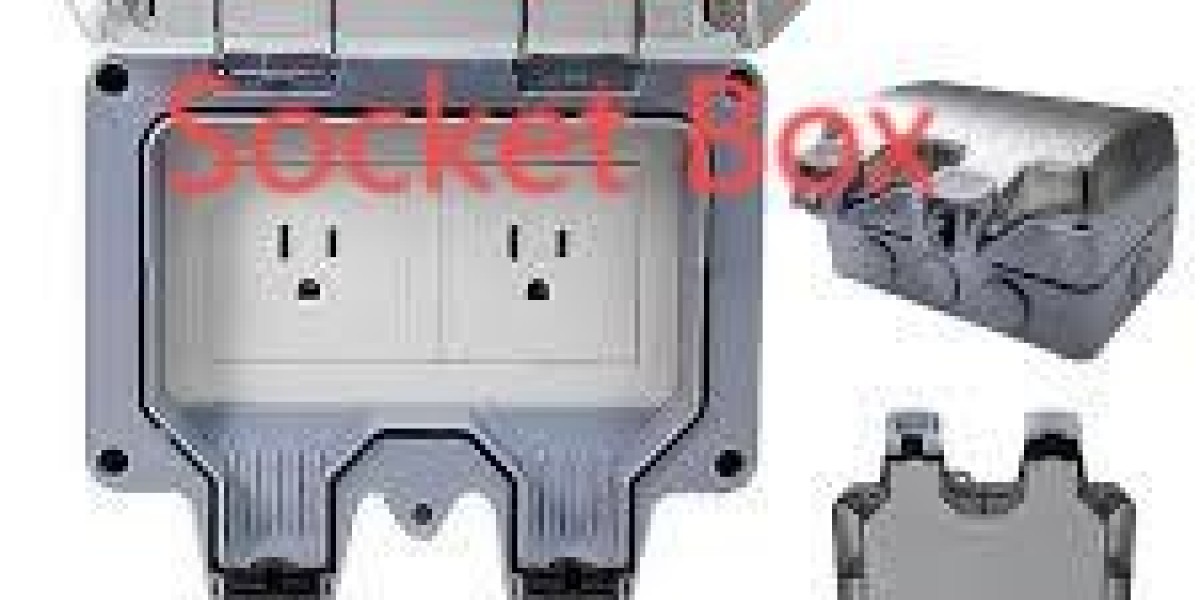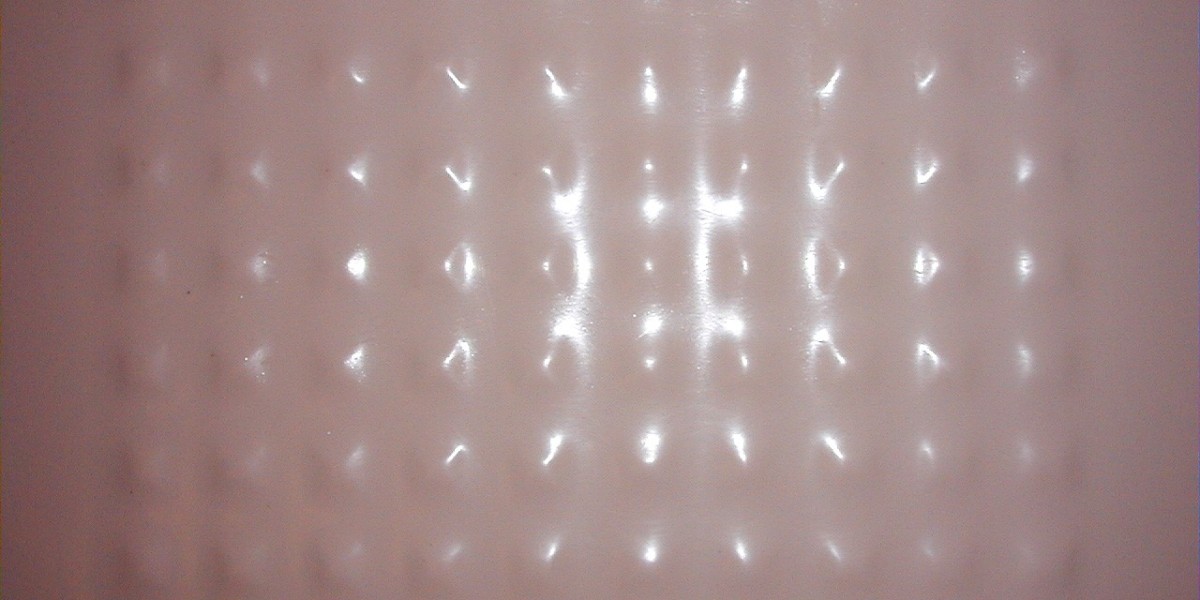In modern power systems, a well-designed Industrial Plug Socket Connector plays a crucial role in ensuring safe, uninterrupted power delivery across industrial sites, and specifying the right Industrial Plug Socket Connector at the start of a project prevents common failures caused by poor mating, corrosion, or incorrect ratings. This article examines engineering considerations, material choices, installation best practices, safety features, and maintenance strategies so engineers and procurement teams can select components that deliver long service life and predictable performance.
Materials and Construction Choices
Robust materials are the foundation of dependable connectors. High-grade copper alloys for contacts, combined with silver or nickel plating, deliver low contact resistance and excellent corrosion resistance. Insulating housings made from glass-filled polyamide or other engineering plastics provide mechanical strength and heat resistance. Impact-resistant shells and reinforced cable grips protect wiring against mechanical stress, while modular designs enable easy replacement of worn parts without disturbing adjacent circuits.
Contact Design and Electrical Performance
Contact geometry and plating directly affect conductivity and wear resistance. Multi-finger contacts or segmented contact surfaces increase contact area and reduce localized heating under heavy loads. Proper plating thickness prevents fretting corrosion in vibrating environments, and optimized contact spring forces ensure consistent mating pressure across numerous cycles. When selecting a connector, check rated current and voltage, phase configuration, and temperature rise characteristics under load to guarantee safe operation in intended applications.
Environmental Protection and Sealing
Outdoor and harsh environments require IP- or NEMA-rated protection to prevent ingress of dust and water. Effective sealing solutions include O-ring gaskets, tongue-and-groove lids, and properly rated cable glands sized to conductor bundles. For corrosive atmospheres, choose materials and finishes that resist chemical attack, and consider overmolding critical joints to eliminate leakage paths. Specifying the correct ingress rating for the installation reduces maintenance frequency and avoids moisture-related electrical faults.
Mechanical Mounting and Panel Integration
How a connector mounts to a panel or enclosure affects serviceability and mechanical reliability. Flange-mounted sockets offer robust attachment for high-use points, while recessed or shrouded designs reduce accidental contact and mechanical damage. Use captive fasteners and standardized cutout dimensions to speed replacement and reduce inventory complexity. For mobile equipment, vibration-damping mounts and strain-relief designs protect the cable termination from fatigue and prolong service life.
Safety Features and Compliance
Modern industrial connectors often integrate safety features such as interlocks, lid switches, and keying to prevent incorrect mating. Mechanical interlocks can ensure power is isolated before mating, and color or mechanical coding prevents accidental cross-connection of incompatible voltages or phases. Verify that chosen components comply with relevant standards—IEC, UL, or regional approvals—and review derating curves for elevated temperatures or grouped installations.
Installation Best Practices
Proper installation extends component life and reduces failure risk. Torque contacts and terminal screws to manufacturer recommendations to avoid high resistance joints. Route cables so strain reliefs absorb mechanical loads, and use bend radii that match cable specifications. Seal unused openings and protect exposed terminations during commissioning. When multiple connectors share an enclosure, leave space for heat dissipation and plan airflow to prevent overheating.
Maintenance, Inspection, and Lifecycle Management
Scheduled inspection and preventative maintenance prevent unexpected outages. Check for discoloration or pitting at contact faces, verify torque retention, and inspect gaskets and glands for compression set or cracking. Lubricants compatible with contact plating may reduce wear in high-cycle applications. Maintain a spare-parts inventory of commonly replaced elements such as gaskets, contact inserts, and gland seals to minimize mean time to repair.
Testing and Validation in Application
Field testing under realistic load conditions validates connector selection. Perform thermal imaging under full load, contact resistance measurements, and vibration endurance tests when relevant. For critical installations, third-party testing and site acceptance tests provide additional assurance. Document test results and service history to inform future procurement and lifecycle decisions.
Conclusion and Where to Learn More
Selecting high-quality industrial connectors requires attention to electrical ratings, contact design, sealing, mechanical mounting, and maintenance planning. Thoughtful specification ensures safe, efficient power distribution and minimizes lifecycle costs. For product details, technical datasheets, and accessory compatibility, visit www.nante.com/product/






